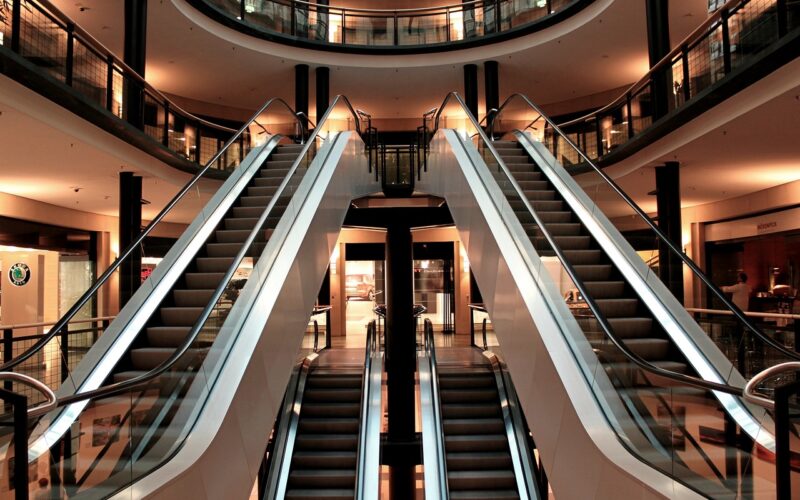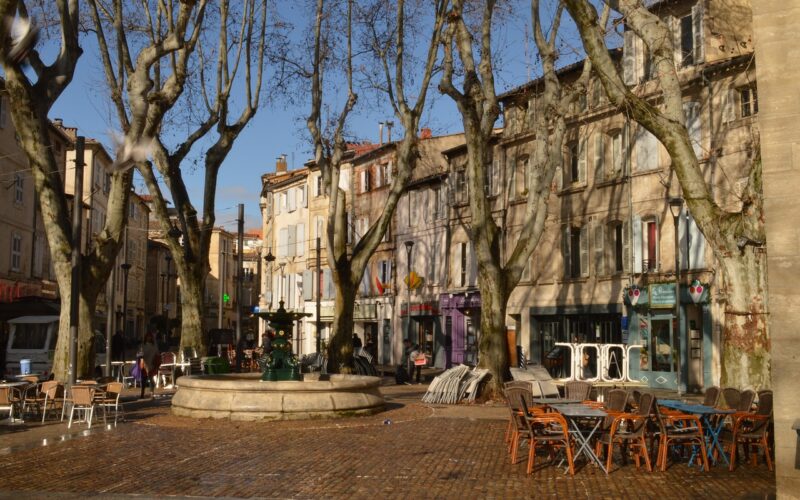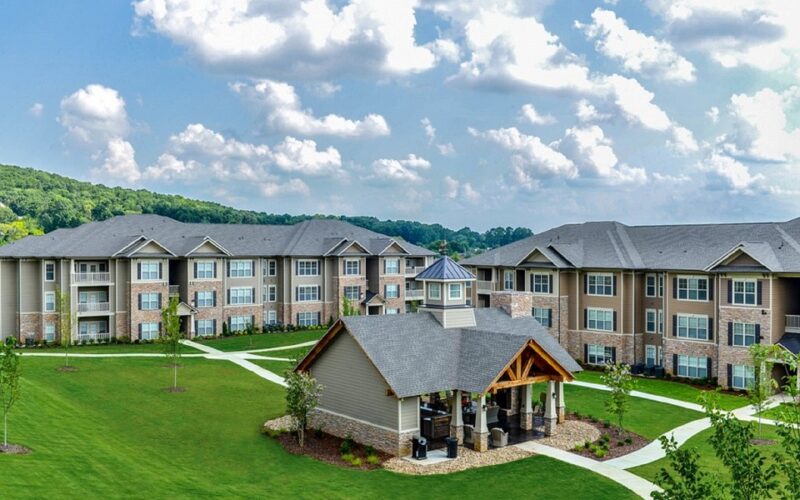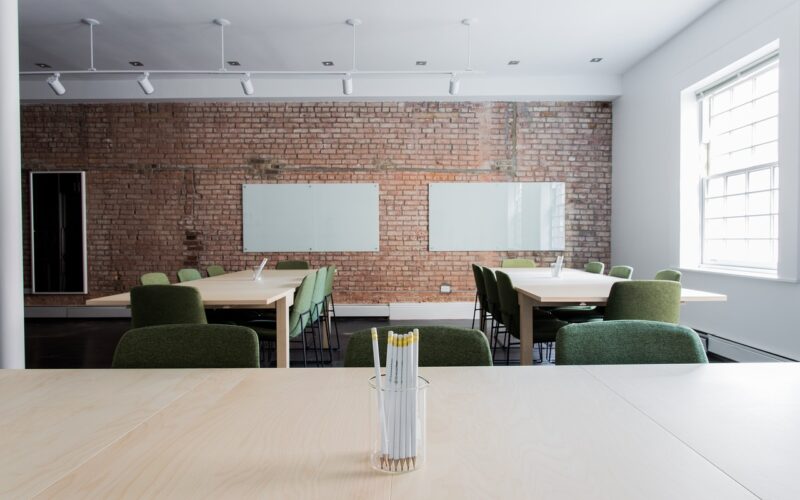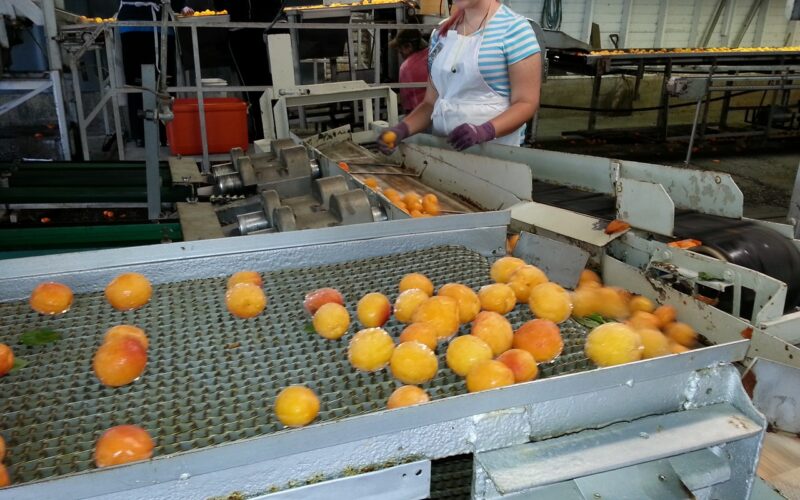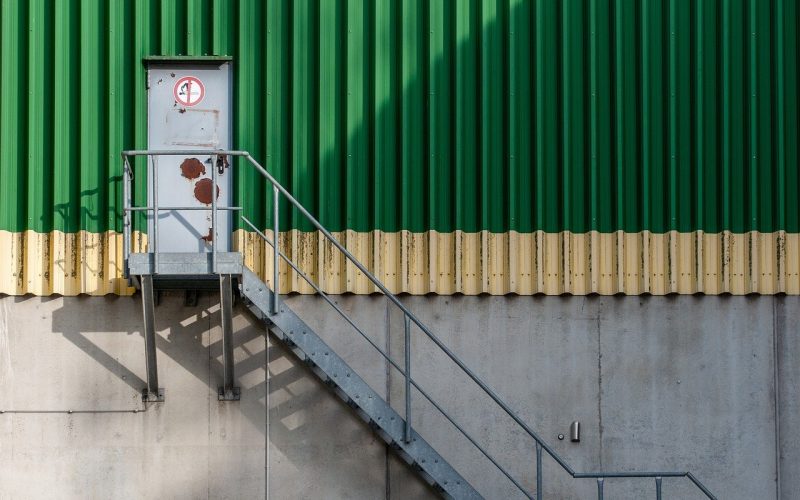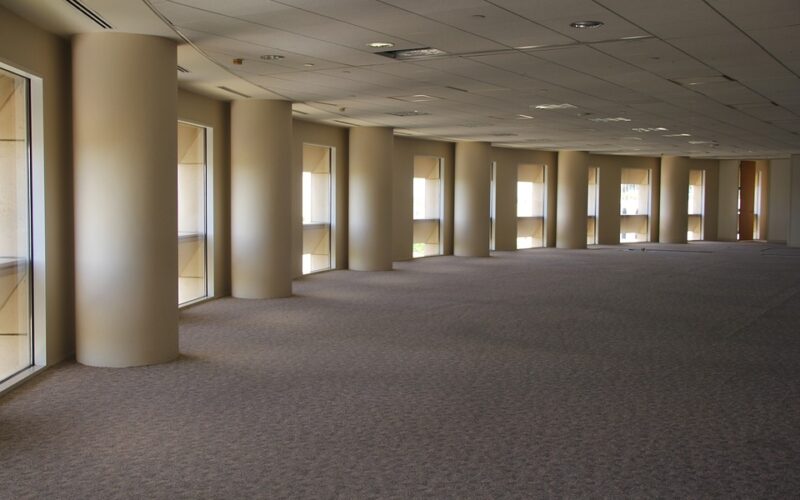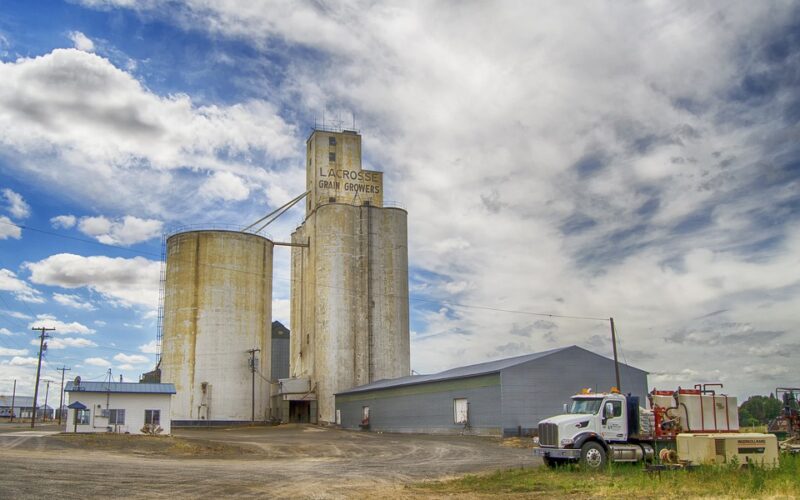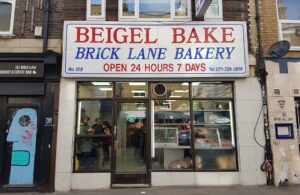The retail landscape has undergone significant transformations over the past few decades, with out-of-town malls becoming increasingly popular. These sprawling shopping complexes, often located on the outskirts of cities, offer a variety of stores and entertainment options, drawing consumers away from traditional city centre shops. This shift has notable implications for urban retail sectors.
The allure of out-of-town shopping centres
Out-of-town malls come with the promise of an all-in-one shopping experience, where one can find groceries, clothing, appliances, and more under one roof. The convenience of free parking, coupled with the perception of lower prices due to their typically larger store formats, attracts families looking to make the most of their weekend.
The creation of these shopping destinations often involves meticulous planning to ensure a blend of international and domestic retailers. Add in the cinemas, restaurants, and children’s play areas, and it becomes clear why they pull in the weekend crowds: they provide leisure experiences that go well beyond shopping.
The struggle for city centre retailers
Whilst these out-of-town establishments boom, city centre shops are feeling the squeeze. Independent retailers, in particular, find it challenging to compete on price and variety, while also contending with higher rents and limited parking facilities that make accessibility an issue for potential customers.
A consequence of this shift is the phenomenon often referred to as 'high street decline' – the dwindling number of shoppers in city centrals leading to empty storefronts and a reduced retail offering. This not only affects the economic health of the area but also diminishes the vibrancy and appeal of city centres as destinations.
The efforts to revitalise city centres
City planners and business groups have recognised the need to reimagine the purpose of city centres. There is a growing movement to 'revive the high street' through initiatives aimed at enhancing the uniqueness and diversity of city centre shopping.
A key approach has been to support smaller, niche businesses that offer products and services not typically found in larger malls. Creating pedestrian-friendly zones and improving transport links are other measures taken to boost foot traffic.
There are also calls for a multi-pronged approach involving the repurposing of empty retail spaces into cultural or community centres, residential units, or office spaces to increase the number of people living and working in city centres.
Can city shops coexist with out-of-town malls?
There is, however, a middle ground to strive for. City shops can coexist alongside out-of-town malls by playing to their strengths. The convenience of proximity to work and home for many people is an advantage for city shops, as is the opportunity to provide a more personalised shopping experience.
City centres can focus on becoming hubs for culture, heritage, and unique thematic events that attract visitors. Through collaboration between business owners, city authorities, and the community, city centres can reinvent themselves and provide a different kind of value.
The future of retail in urban landscapes
The retail shift driven by the growth of out-of-town malls is likely to persist, meaning city centres must adapt. A more experiential and service-oriented approach could be the key to their survival and growth. The future might also see the rise of mixed-use developments that offer shopping, dining, and residential spaces to create a cohesive urban experience.
In an increasingly digital world, the tactile and social aspects of shopping in physical stores could also regain their allure. Retailers, regulators, and community groups working together is critical for ensuring that city centre shops evolve rather than disappear, maintaining vibrant and multifunctional urban spaces.
